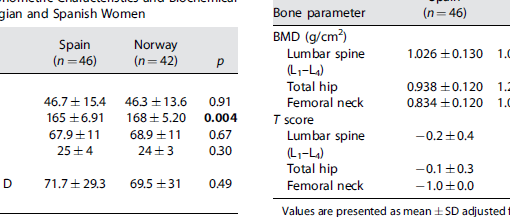Abstract
In contrast to traditional approaches to fracture risk assessment using clinical risk factors and bone mineral density (BMD), a new technique, reference point microindentation (RPI), permits direct assessment of bone quality; in vivo tibial RPI measurements appear to discriminate patients with a fragility fracture from controls. However, it is unclear how this relates to the site of the most clinically devastating fracture, the femoral neck, and whether RPI provides information complementary to that from existing assessments. Femoral neck samples were collected at surgery after low-trauma hip fracture (n = 46; 17 male; aged 83 [interquartile range 77-87] years) and compared, using RPI (Biodent Hfc), with 16 cadaveric control samples, free from bone disease (7 male; aged 65 [IQR 61-74] years). A subset of fracture patients returned for dual-energy X-ray absorptiometry (DXA) assessment (Hologic Discovery) and, for the controls, a micro-computed tomography setup (HMX, Nikon) was used to replicate DXA scans. The indentation depth was greater in femoral neck samples from osteoporotic fracture patients than controls (p < 0.001), which persisted with adjustment for age, sex, body mass index (BMI), and height (p < 0.001) but was site-dependent, being less pronounced in the inferomedial region. RPI demonstrated good discrimination between fracture and controls using receiver-operating characteristic (ROC) analyses (area under the curve [AUC] = 0.79 to 0.89), and a model combining RPI to clinical risk factors or BMD performed better than the individual components (AUC = 0.88 to 0.99). In conclusion, RPI at the femoral neck discriminated fracture cases from controls independent of BMD and traditional risk factors but dependent on location. The clinical RPI device may, therefore, supplement risk assessment and requires testing in prospective cohorts and comparison between the clinically accessible tibia and the femoral neck.
https://www.ncbi.nlm.nih.gov/pubmed/26235931
J Bone Miner Res. 2016 Jan;31(1):196-203. doi: 10.1002/jbmr.2605. Epub 2015 Oct 6.




